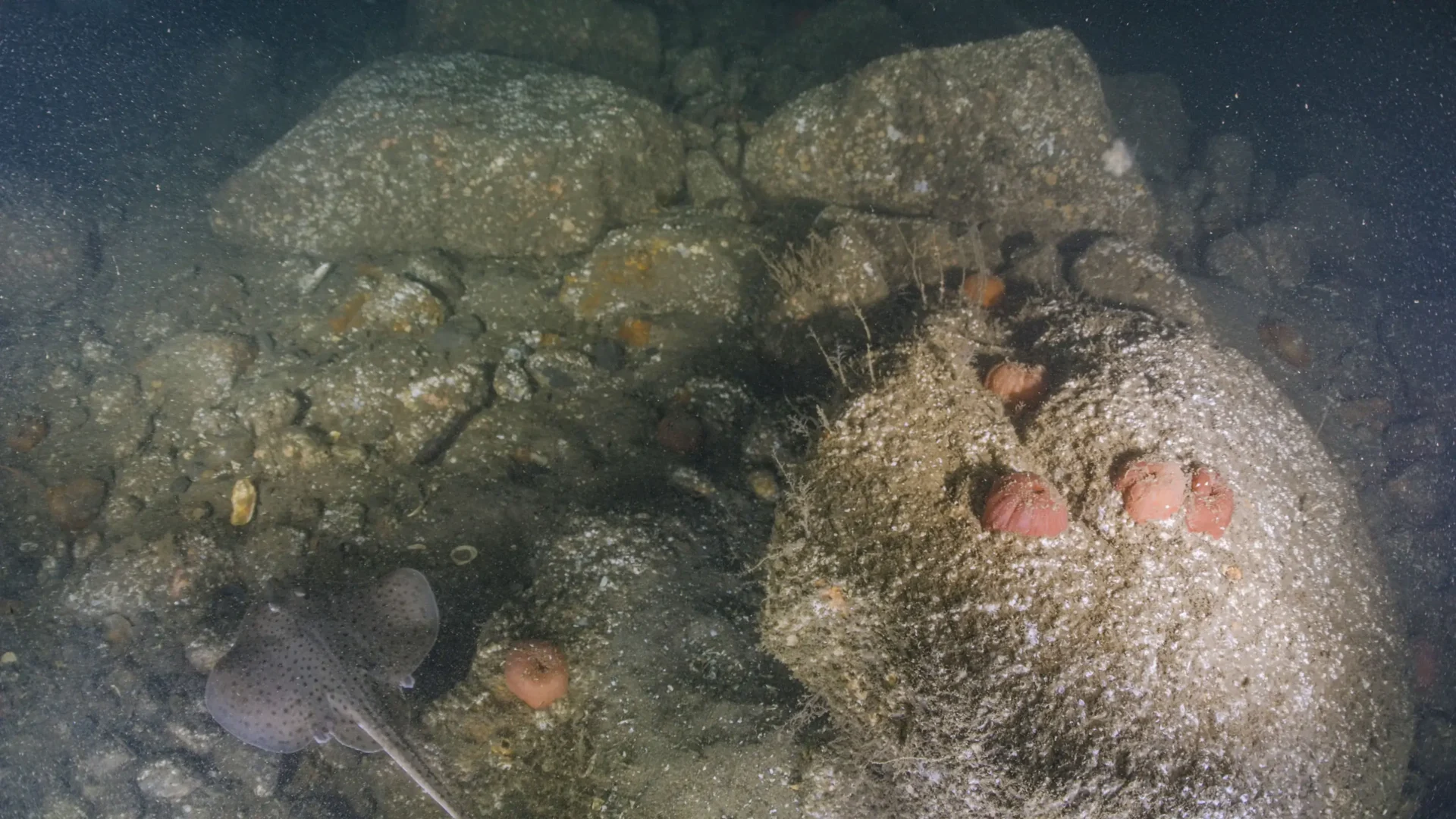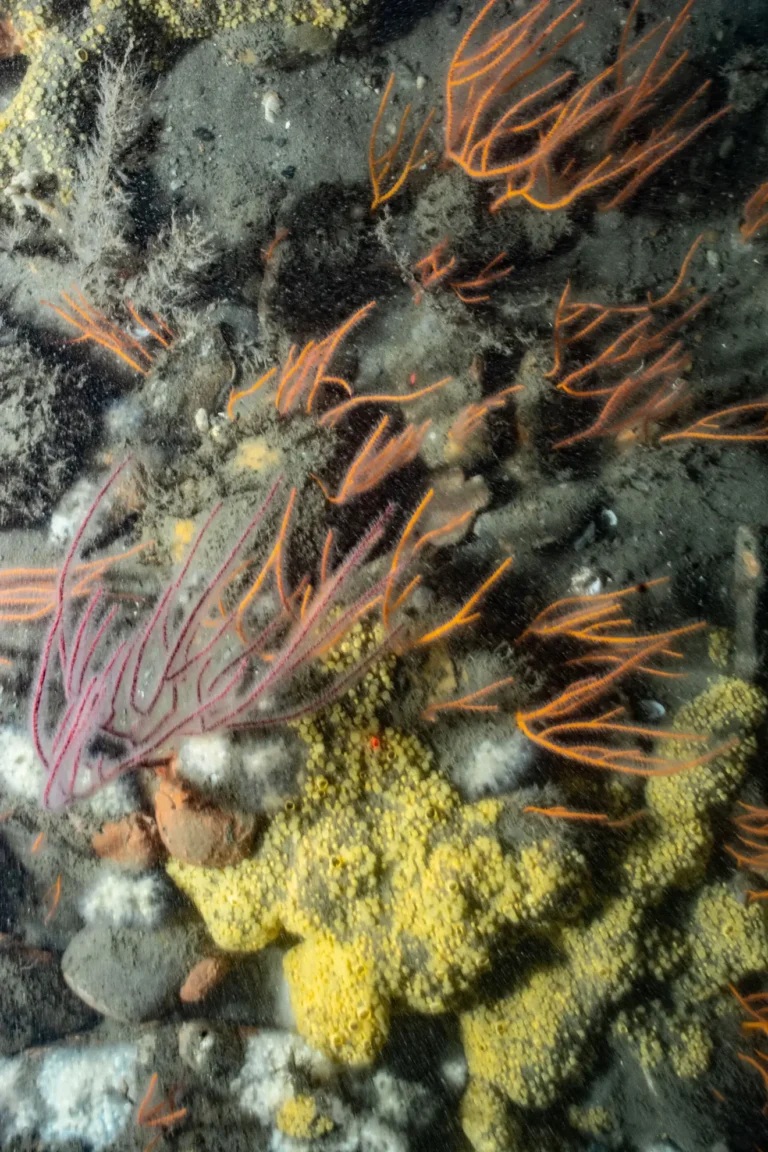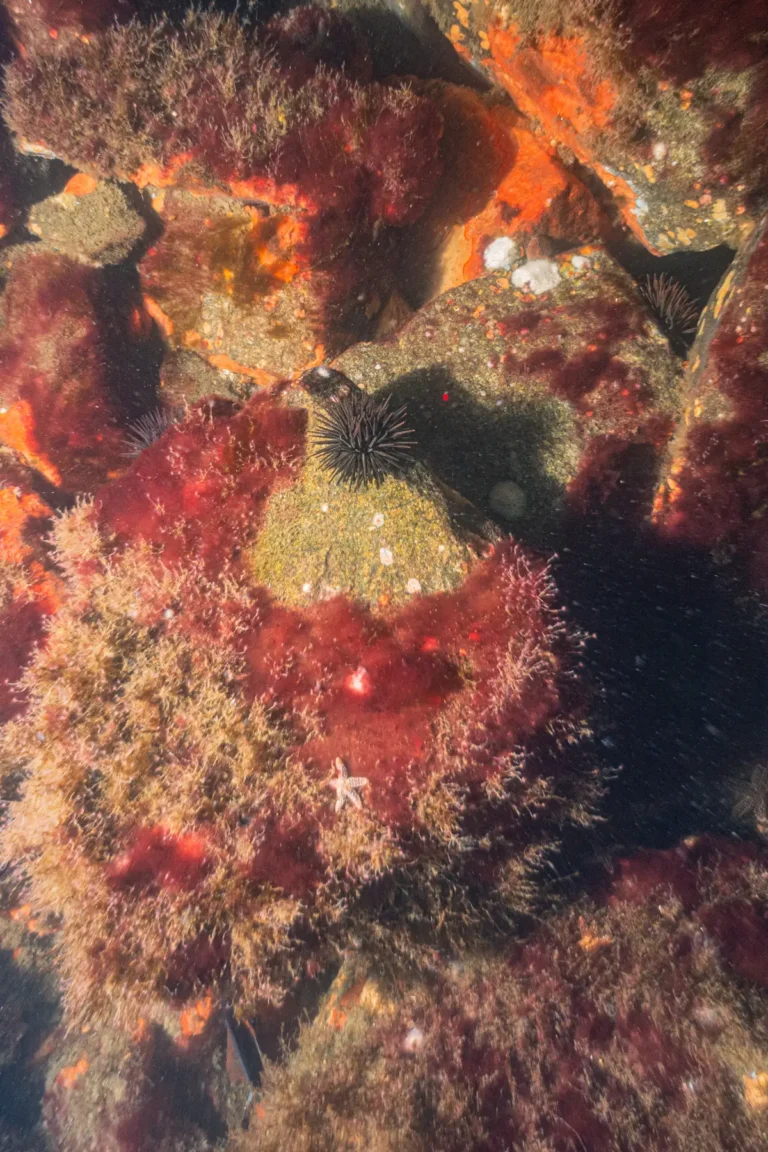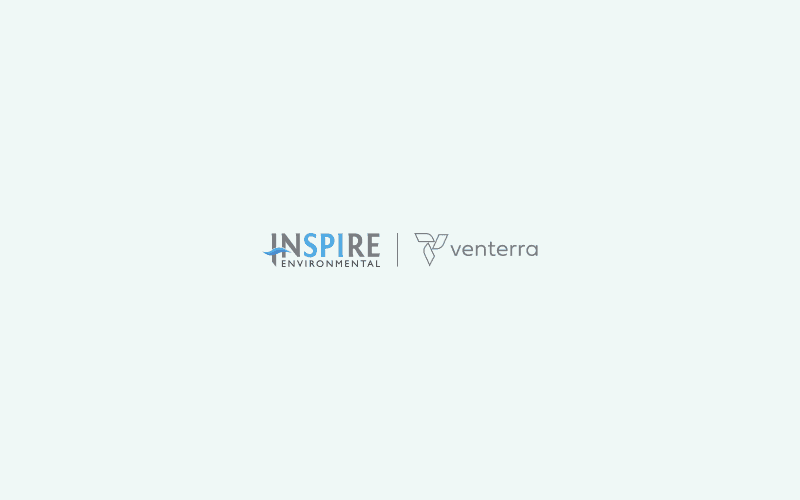Lianne Allen-Jacobson, PhD
Senior Scientist
Hard habitat ecology evaluates natural reefs, such as bedrock, and introduced hard structures, such as cable mattresses, to assess impacts on valuable marine resources and to support nature-based engineering. We are experts at characterizing hard habitat ecology with non-invasive tools and scientific messaging to support critical decision-making and engage stakeholders.


This integrated offering delivers one of the most comprehensive hard bottom offerings available in the market. Using high resolution video, 3D photogrammetry, artificial intelligence, DNA sampling, and species distribution models, we support projects that encompass hard habitat and introduce hard structures, during their design, permitting, construction, and operations phases.

Our team is at the cutting edge of the science, utilizing a quantitative toolbelt to develop cost-effective solutions to meet the continually evolving regulatory landscape. We predict marine growth for engineering design, assess environmental impact for permitting and construction, and quantify marine growth during operations.

Senior Scientist

Director of Ecosystem Ecology

Senior Director of Data Science
